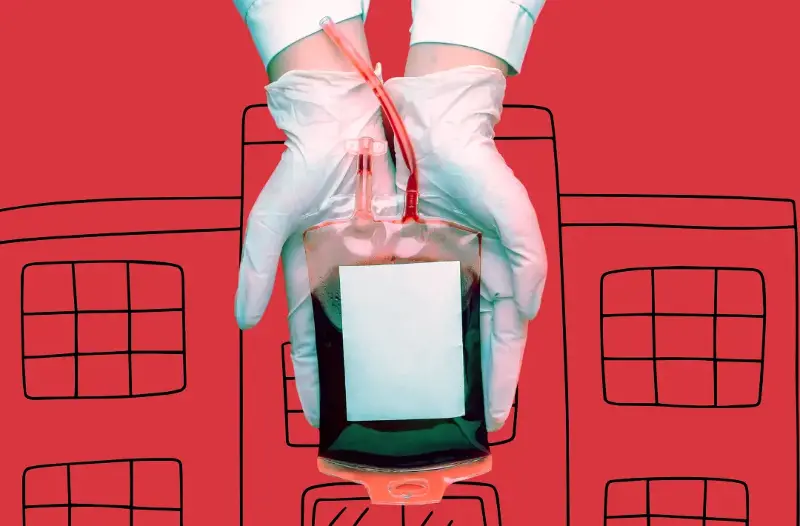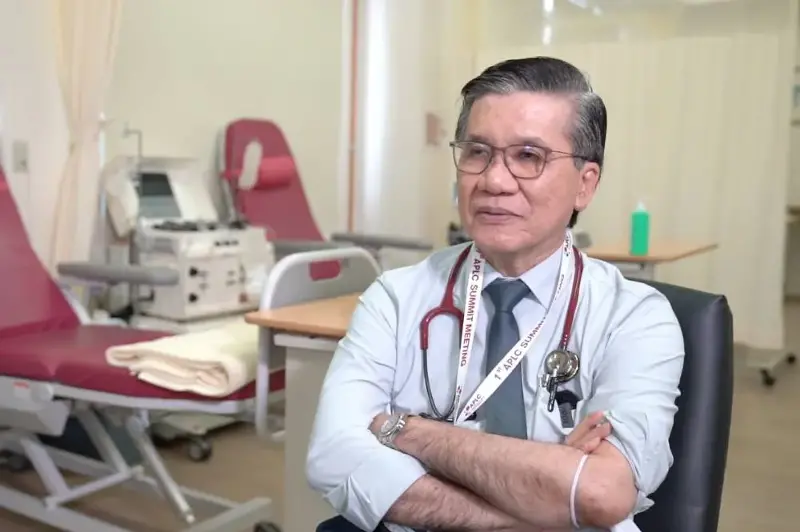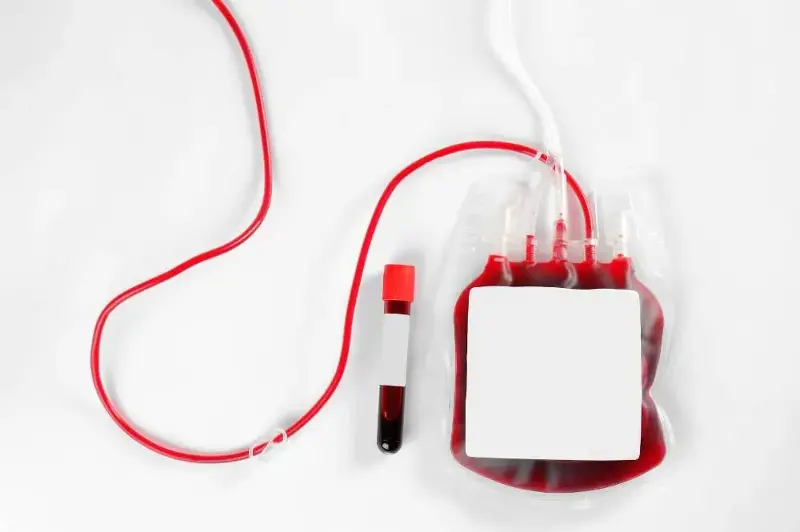
Often invisible to the public eye, a safe and consistent blood supply is the silent backbone of modern healthcare.
For Dr Ng Soo Chin, Consultant Haematologist at Subang Jaya Medical Centre (SJMC), this life-sustaining resource is not just clinical, it is critical.
Whether it is for surgeries, trauma cases, cancer treatments or everyday accidents, the presence (or absence) of blood can change the course of a patient's fate.
"Blood is undeniably essential for life. In these scenarios, blood must be readily available as delays can result in severe complications or even death.
"A consistent and safe blood supply remains vital to sustaining patient care and outcomes," he said in an interview with Sinar Daily.
Blood donation today is a well-structured, meticulously monitored process. It begins long before a drop is even drawn.

"Donors go through thorough screening. This includes basic checks like haemoglobin levels and blood pressure to ensure the individual is healthy enough to donate. Experienced nurses manage this process and only those who meet the health criteria proceed.
"Once approved, the donor's blood is typically collected using split bags. Rather than taking whole blood alone, split bags allow us to separate components such as red blood cells, platelets and plasma, maximising the use of each donation," he explained.
From there, the blood is stored while undergoing rigorous testing. The first step: serological tests for hepatitis B, hepatitis C, HIV and syphilis.
Then comes nucleic acid testing (NAT), a more sensitive test that can detect infections even during the ‘window period’ when some viruses might not be caught otherwise.
"In emergency situations, these tests can be completed within half a day. But generally, the process takes about one full day.
"Once cleared, the blood is processed, labelled and stored under highly controlled conditions—fridges with alarm systems designed to preserve the integrity of each component," Dr Ng said.
When a request comes from the ward, technicians match the patient’s blood type with the available supply. Automation helps ensure accuracy.

"Machines now assist in cross-matching blood and barcoding systems to minimise human error. Still, staff vigilance is essential. Mistakes can happen if people are not attentive," Dr Ng emphasised.
Behind the machinery lies the irreplaceable human element, both in the staff’s diligence and the donor’s generosity. Each act of giving blood starts with a choice to help someone unknown and unseen.
While science does not conclusively support claims that donating blood rejuvenates or strengthens the body, there are subtle benefits.
"Each donation includes a quick health check such as blood pressure and haemoglobin screening. That alone offers some health insight for donors.
"But the true reward often lies in emotional fulfilment. One story that stays with me, is a regular donor who gave blood weekly. He would spend one to two hours each time. He has donated over 100 times.
"When I asked why he kept coming, he simply said it makes me feel good and happy throughout the day,’" Dr Ng shared.
This sense of quiet satisfaction; the knowledge that a simple act may save a life, is what makes blood donation so powerful. Rather than overemphasise the health benefits, we should focus on the human impact. Dr Ng stressed that this is the best way to inspire others.
At the end of the day, sustaining a reliable blood supply depends on public participation and systemic support. It is about building habits, not relying on urgency.
